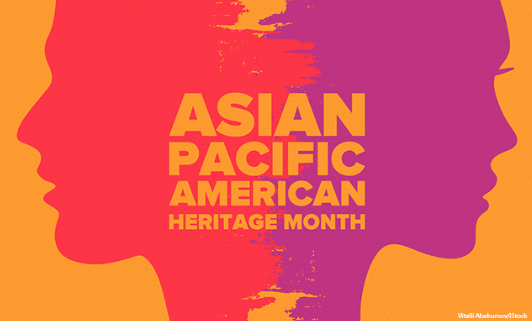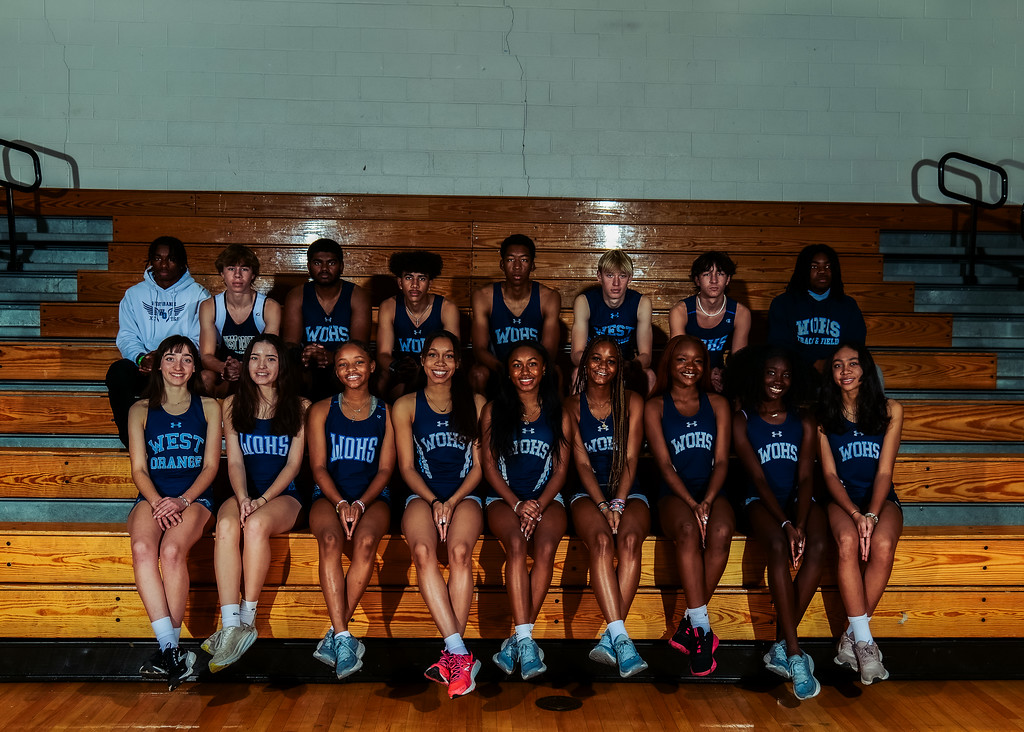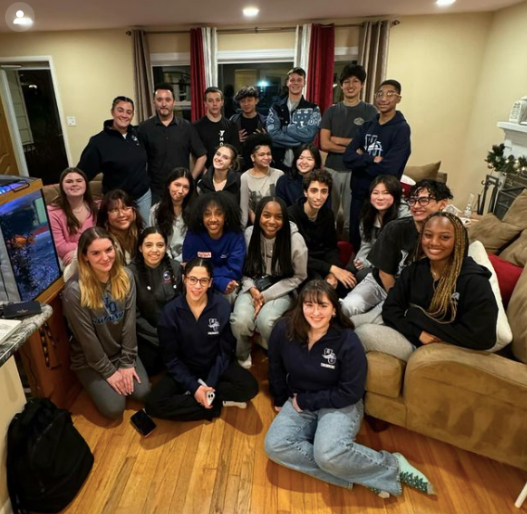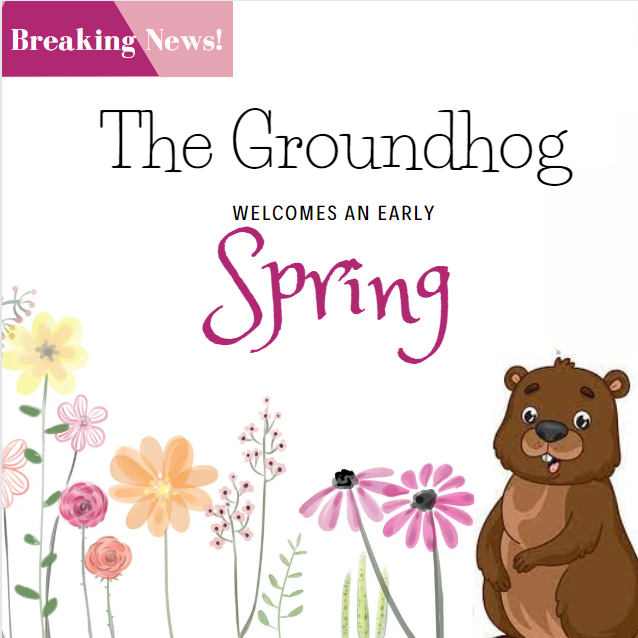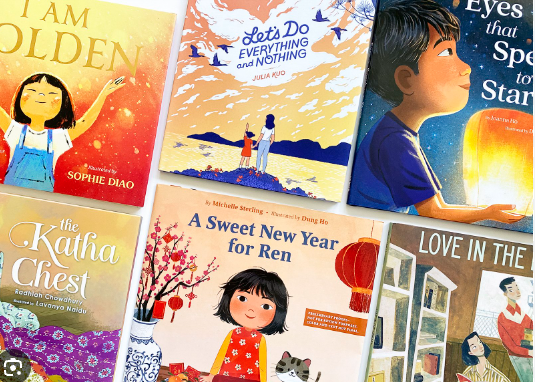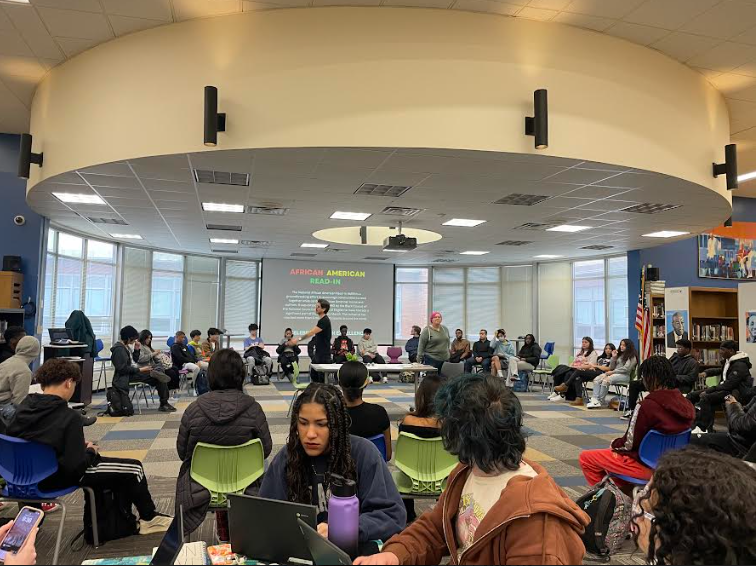Children’s literature plays a crucial role in the early stages of a child’s life. It helps shape young minds and promotes cultural understanding. However, despite the diversity of Asian American and Pacific Islander (AAPI) communities in the United States, these voices and experiences have often been underrepresented in children’s books for decades. Addressing this gap is crucial not only for AAPI children to see themselves reflected in the stories they read so they can develop cultural pride and self-confidence but also for all children to develop a broader perspective of the world around them.
The Importance of Representation:
When children see characters who look like them, share similar cultural backgrounds, or face similar challenges, it validates their experiences and helps them develop a positive sense of identity. For AAPI children, seeing themselves reflected in books can instill pride in their heritage and build confidence in their own unique identities.
Furthermore, representation benefits all children by exposing them to diverse perspectives and cultures from a young age. By reading stories about people from different backgrounds, children learn empathy, compassion, and respect for others who may be different from themselves. This early exposure to diversity lays the foundation for building inclusive communities and combating stereotypes and prejudice later in life.
The Lack of AAPI Representation:
Despite the growing diversity of the American population, AAPI voices remain significantly underrepresented in children’s literature. A study by the Cooperative Children’s Book Center found that out of the thousands of children’s books published each year, only a tiny percentage feature AAPI characters or themes. This lack of representation not only deprives AAPI children of the opportunity to see themselves reflected in the books they read but also perpetuates stereotypes and misconceptions about AAPI communities among all readers.
One reason for this lack of representation may be the persistent stereotype of the “model minority” that portrays AAPI individuals as universally successful, high-achieving, and assimilated into mainstream culture. This oversimplified narrative fails to capture the diverse experiences, identities, and challenges within AAPI communities, leading to a narrow and inaccurate portrayal in children’s literature.
Additionally, the publishing industry itself has historically lacked diversity, with a predominantly white, non-AAPI perspective shaping which stories are told and which voices are amplified.
As a result, AAPI authors, illustrators, and storytellers have often struggled to break into the mainstream publishing world and have their stories heard.
Addressing the Gap:
Addressing the lack of AAPI representation in children’s books requires a concerted effort from publishers, authors, educators, and parents alike.
Publishers must actively seek out and support AAPI authors and illustrators, providing them with opportunities to share their stories and perspectives. Editors and decision-makers within the publishing industry must also actively work to diversify their ranks to ensure that AAPI’s voices are heard and valued.
Educators and librarians can play a crucial role by selecting and promoting books that feature AAPI characters and themes in classrooms and libraries.
By incorporating diverse literature into curricula and reading lists, educators can expose children to a wide range of perspectives and cultures from an early age, fostering empathy, understanding, and respect for diversity.
Parents and Guardians can also make a difference by seeking out and purchasing books that reflect AAPI experiences for their children. By consciously choosing diverse books for their home libraries and reading them with their children, parents can help cultivate a love of reading and an appreciation for diversity that will last a lifetime.












